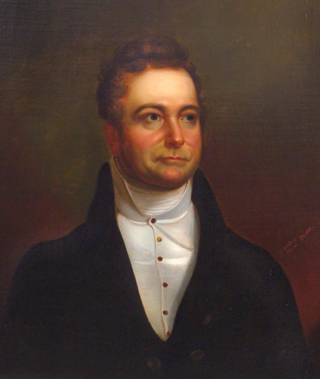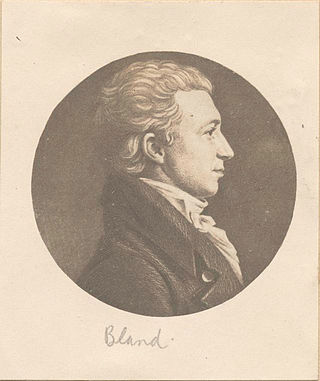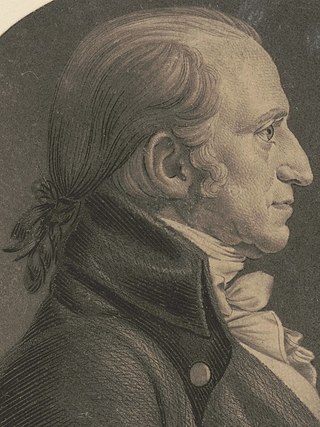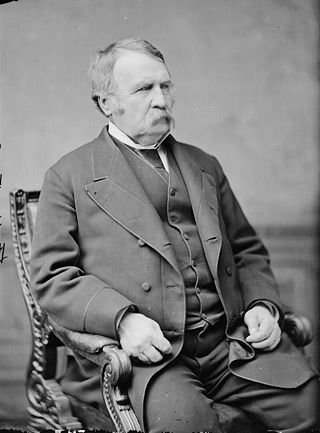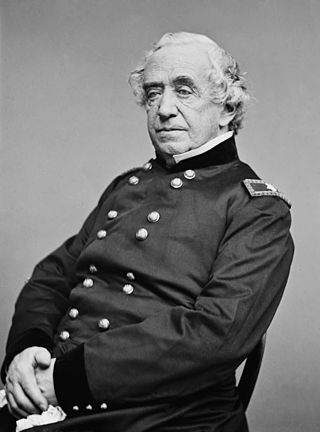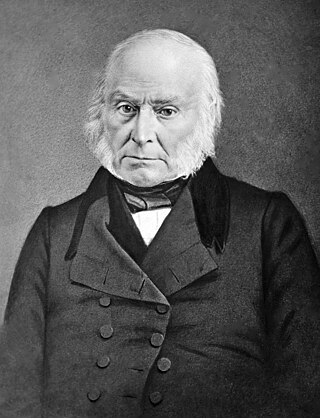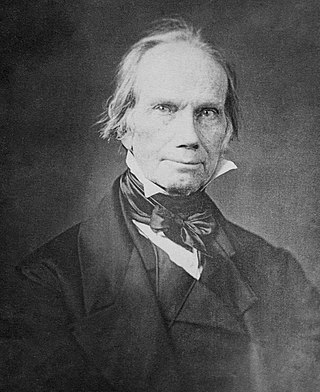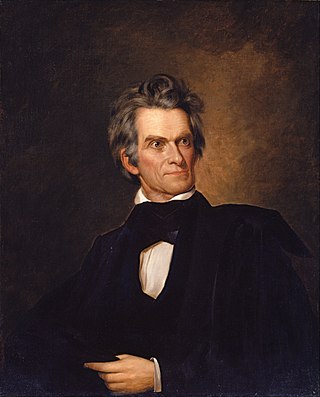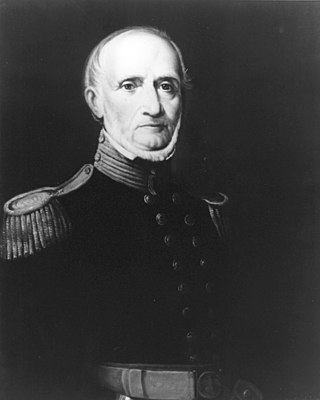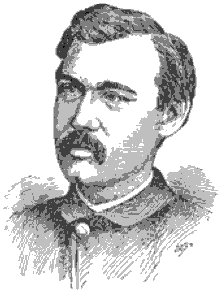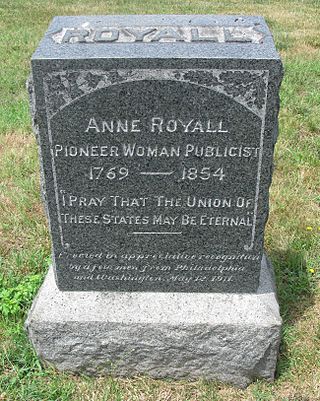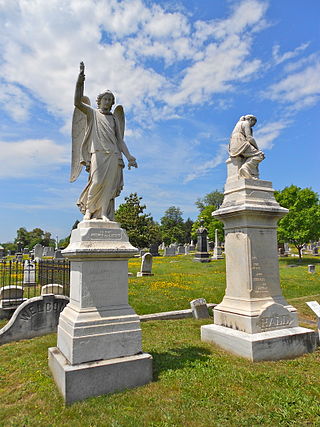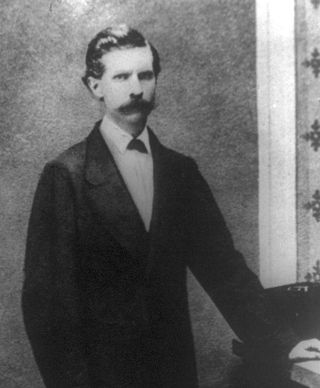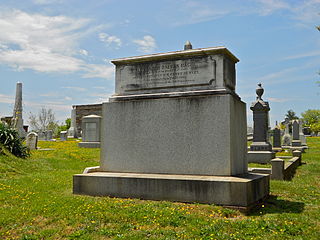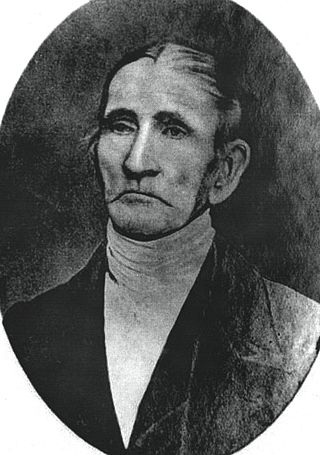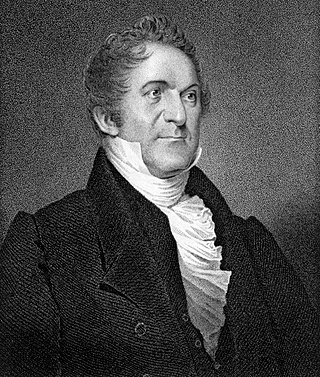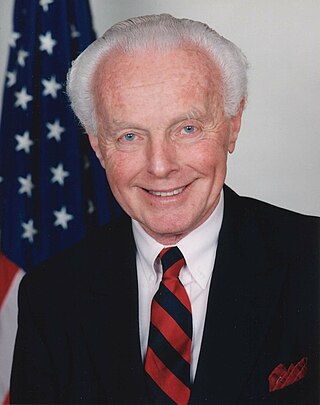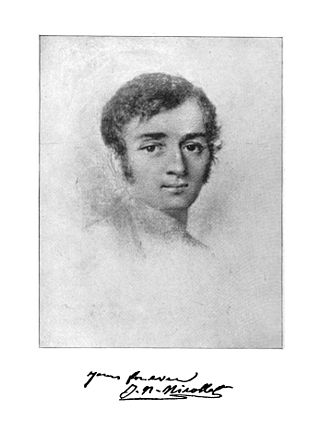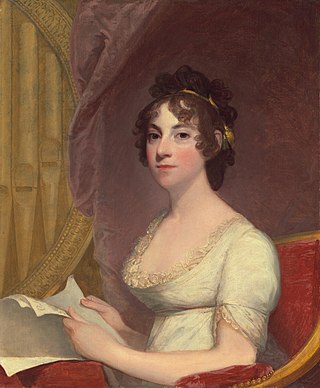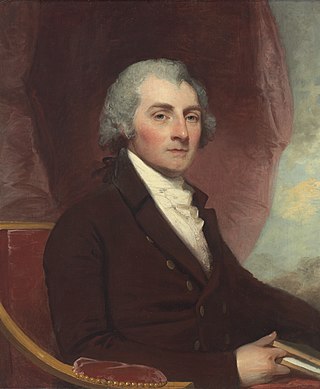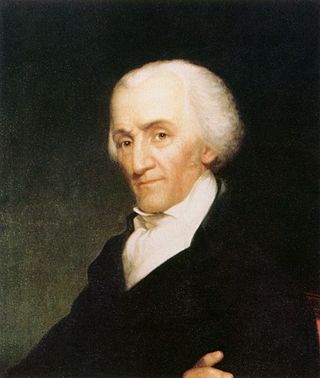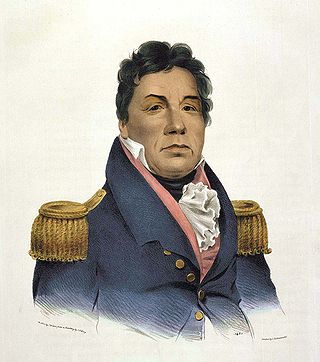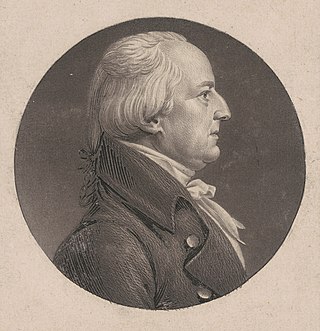Self-guided Sightseeing Tour #1 in Washington, United States
Legend
Tour Facts
1.5 km
23 m
Experience Washington in United States in a whole new way with our free self-guided sightseeing tour. This site not only offers you practical information and insider tips, but also a rich variety of activities and sights you shouldn't miss. Whether you love art and culture, want to explore historical sites or simply want to experience the vibrant atmosphere of a lively city - you'll find everything you need for your personal adventure here.
Individual Sights in WashingtonSight 1: Nathaniel Hazard
Nathaniel Hazard was a U.S. Representative from Rhode Island.
Sight 2: William Pinkney
William Pinkney was an American statesman and diplomat, and was appointed the seventh U.S. Attorney General by President James Madison.
Sight 3: Theodorick Bland
Theodorick Bland, also known as Theodorick Bland, Jr., was an American planter, physician, soldier, and politician from Prince George County, Virginia. A major figure in the formation of the new United States government, Bland represented Virginia in both the Continental Congress and the United States House of Representatives, as well as served multiple terms in the Virginia House of Delegates representing Prince George County, which he also represented in the Virginia Ratification Convention.
Sight 4: James Jackson
James Jackson was an early British-born Georgia politician of the Democratic-Republican Party. He was a member of the U.S. House of Representatives from 1789 until 1791. He was also a U.S. Senator from Georgia from 1793 to 1795, and from 1801 until his death in 1806. In 1797 he was elected 23rd Governor of Georgia, serving from 1798 to 1801 before returning to the senate.
Sight 5: Thomas Bouldin
Thomas Tyler Bouldin was an American lawyer and politician who served as a U.S. Representative from Virginia, serving non-consecutive terms between 1829 and 1834.
Sight 6: Levi Casey
General Levi Casey was an American veteran of the Revolutionary War who served two terms as a United States representative from South Carolina from 1803 to 1807.
Sight 7: Jeremiah McLene
Jeremiah McLene was a U.S. Representative from Ohio from 1833 to 1837, major general of militia in the American Revolutionary War, the 2nd Ohio Secretary of State from 1808 to 1831, and a state representative from 1807 to 1808. He served as a Democrat.
Sight 8: William H. Emory
William Hemsley Emory was a prominent American surveyor and civil engineer of the 19th century. As an officer in the U.S. Army Corps of Topographical Engineers he specialized in mapping the United States border, including the Texas–Mexico border, and the Gadsden Purchase border, 1844–1855, and published lasting scientific reports on the border region.
Sight 9: Joseph Gilbert Totten
Joseph Gilbert Totten fought in the War of 1812, served as Chief of Engineers and was regent of the Smithsonian Institution and cofounder of the National Academy of Sciences. In 1836, he was elected a member of the American Philosophical Society.
Sight 10: John Quincy Adams
John Quincy Adams was the sixth president of the United States, serving from 1825 to 1829. He previously served as the eighth United States secretary of state from 1817 to 1825. During his long diplomatic and political career, Adams served as an ambassador and also as a member of the United States Congress representing Massachusetts in both chambers. He was the eldest son of John Adams, who served as the second president of the United States from 1797 to 1801, and First Lady Abigail Adams. Initially a Federalist like his father, he won election to the presidency as a member of the Democratic-Republican Party, and later, in the mid-1830s, became affiliated with the Whig Party.
Sight 11: Nicholas Begich
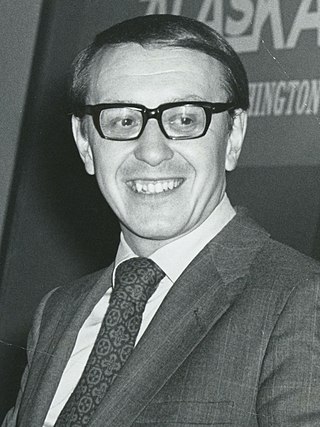
Nicholas Joseph Begich Sr. was an American counselor, educator and politician. He served in the Alaska state senate for eight years before being elected in 1970 as a member of the United States House of Representatives from Alaska. He is presumed to have died in the crash of a light aircraft in Alaska in October 1972; his body was never found. He was a member of the Democratic Party.
Sight 12: Henry Clay
Henry Clay Sr. was an American lawyer and statesman who represented Kentucky in both the U.S. Senate and House of Representatives. He was the seventh House speaker as well as the ninth secretary of state. He unsuccessfully ran for president in the 1824, 1832, and 1844 elections. He helped found both the National Republican Party and the Whig Party. For his role in defusing sectional crises, he earned the appellation of the "Great Compromiser" and was part of the "Great Triumvirate" of Congressmen, alongside fellow Whig Daniel Webster and Democrat John C. Calhoun. Clay died at the age of 75 in 1852.
Sight 13: John C. Calhoun
John Caldwell Calhoun was an American statesman and political theorist who served as the seventh vice president of the United States from 1825 to 1832. Born in South Carolina, he adamantly defended American slavery and sought to protect the interests of white Southerners. Calhoun began his political career as a nationalist, modernizer and proponent of a strong federal government and protective tariffs. In the late 1820s, his views changed radically, and he became a leading proponent of states' rights, limited government, nullification, and opposition to high tariffs. Calhoun saw Northern acceptance of those policies as a condition of the South's remaining in the Union. His beliefs heavily influenced the South's secession from the Union in 1860 and 1861. Calhoun was the first of two vice presidents to resign from the position, the second being Spiro Agnew, who resigned in 1973.
Sight 14: Archibald Henderson
Archibald Henderson was the longest-serving Commandant of the Marine Corps, serving from 1820 to 1859. His name is learned by all recruits at Marine recruit training as the "Grand old man of the Marine Corps," serving in the United States Marine Corps for over 52 years.
Sight 15: George Mifflin Bache
George Mifflin Bache, Jr. was an officer in the United States Navy, fighting on the Union side in the American Civil War and continuing to serve for a decade after the war's end. The Fletcher-class destroyer USS Bache (DD-470) was named for him.
Sight 16: Leonard Matlovich
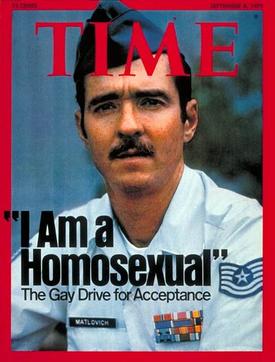
Technical Sergeant Leonard Phillip Matlovich was an American Vietnam War veteran, race relations instructor, and recipient of the Purple Heart and the Bronze Star. He was the first gay service member to purposely out himself to the military to fight their ban on gays, and perhaps the best-known openly gay man in the United States of America in the 1970s next to Harvey Milk. His fight to stay in the United States Air Force after coming out of the closet became a cause célèbre around which the gay community rallied. His case resulted in articles in newspapers and magazines throughout the country, numerous television interviews, and a television movie on NBC. His photograph appeared on the cover of the September 8, 1975, issue of Time magazine, making him a symbol for thousands of gay and lesbian servicemembers and gay people generally. Matlovich was the first named openly gay person to appear on the cover of a U.S. newsmagazine. According to author Randy Shilts, "It marked the first time the young gay movement had made the cover of a major newsweekly. To a movement still struggling for legitimacy, the event was a major turning point."
Sight 17: Anne Royall
Anne Royall was a travel writer, newspaper editor, and, by some accounts, the first professional female journalist in the United States.
Sight 18: Congressional Cemetery
The Congressional Cemetery, officially Washington Parish Burial Ground, is a historic and active cemetery located at 1801 E Street, S.E., in Washington, D.C., on the west bank of the Anacostia River. It is the only American "cemetery of national memory" founded before the Civil War. Over 65,000 individuals are buried or memorialized at the cemetery, including many who helped form the nation and Washington, D.C., in the early 19th century.
Sight 19: John Gould Stephenson
John Gould Stephenson was an American physician and soldier who served as Librarian of Congress from 1861 to 1864. Born in Lancaster, New Hampshire, to a prominent merchant family, he attended the Dartmouth Medical College and Castleton Medical College, where he received his M.D in 1849. Stephenson moved to Terre Haute, Indiana, in the early 1850s, where he became active in the temperance movement and the nascent Republican Party. He campaigned for Abraham Lincoln in the 1859 Senate race in Illinois and the 1860 presidential election. He pursued an appointment of Librarian of Congress immediately following Lincoln's election, possibly due to his brother's work as a librarian in Cincinnati. After a lengthy pressure campaign from prominent Republicans, Lincoln appointed Stephenson as Librarian of Congress, replacing long-term incumbent John Silva Meehan despite opposition from the Joint Committee on the Library.
Sight 20: Alexander Dallas Bache
The Alexander Dallas Bache Monument is the tomb of Alexander Dallas Bache, a noted American scientist and surveyor. Bache died in Newport, Rhode Island in 1867 and was transported to Washington, DC's Congressional Cemetery for burial. American architect Henry Hobson Richardson was commissioned to build a tomb in 1868. The tomb is one of only three examples of a monument designed by Richardson and a rare example of a Richardson structure lacking Romanesque design points.
Sight 21: Stephen Pleasonton
Stephen Pleasonton was the first "Fifth Auditor" of the U.S. Treasury Department; he is historically significant for his role in saving early American government documents from possible destruction, but is chiefly remembered today for his singularly bureaucratic work in overseeing the Treasury Department's Lighthouse Establishment during most of its existence. He was also the father of Union Civil War Generals Alfred Pleasonton and Augustus Pleasonton.
Sight 22: James Pumphrey
James W. Pumphrey was a livery stable owner in Washington, D.C., who played a minor role in the events surrounding the assassination of Abraham Lincoln and its aftermath. Assassin John Wilkes Booth hired a horse from Pumphrey which he used to escape after the deed.
Sight 23: William Wirt
William Wirt was an American author and statesman who is credited with turning the position of United States Attorney General into one of influence. He was the longest-serving attorney general in U.S. history. He was also the Anti-Masonic nominee for president in the 1832 election.
Sight 24: Tom Lantos
Thomas Peter Lantos was a Hungarian- American politician who served as a U.S. representative from California from 1981 until his death in 2008. A member of the Democratic Party, he represented the state's 11th congressional district until 1993. After redistricting, he served from the 12th congressional district, which included both the northern two-thirds of San Mateo County and a portion of the southwestern part of San Francisco.
Sight 25: Joseph Nicollet
Joseph Nicolas Nicollet, also known as Jean-Nicolas Nicollet, was a French geographer, astronomer, and mathematician known for mapping the Upper Mississippi River basin during the 1830s. Nicollet led three expeditions in the region between the Mississippi and Missouri Rivers, primarily in Minnesota, South Dakota, and North Dakota.
Sight 26: Anna Thornton
Anna Maria Brodeau Thornton (1775?–1865) was a prominent Washington, D.C., socialite, diarist, and the wife of architect William Thornton, who designed the first United States Capitol building. She rubbed shoulders with figures such as George Washington and Dolley Madison.
Sight 27: George Hadfield
George Hadfield was born in Livorno, Grand Duchy of Tuscany, of English parents, who were hotel keepers. He studied at the Royal Academy, and worked with James Wyatt for six years before emigrating to the United States. He was the brother of painter, musician, and educator Maria Cosway.
Sight 28: William Thornton
William Thornton was an American physician, inventor, painter and architect who designed the United States Capitol. He also served as the first Architect of the Capitol and first Superintendent of the United States Patent Office.
Sight 29: Elbridge Gerry
Elbridge Gerry was an American Founding Father, merchant, politician, and diplomat who served as the fifth vice president of the United States under President James Madison from 1813 until his death in 1814. He is known to be the father and namesake of the political practice of gerrymandering.
Sight 30: Pushmataha
Pushmataha was one of the three regional chiefs of the major divisions of the Choctaw in the 19th century. Many historians considered him the "greatest of all Choctaw chiefs". Pushmataha was highly regarded among Native Americans, Europeans, and white Americans, for his skill and cunning in both war and diplomacy.
Sight 31: Thomas Tudor Tucker
Thomas Tudor Tucker was a Bermuda-born American physician and politician representing Charleston, South Carolina. He was elected from South Carolina in both the Continental Congress and the U.S. House. He later was appointed as Treasurer of the United States and served from 1801 to his death in 1828, establishing a record as the longest-serving Treasurer.
Sight 32: John Smilie
John Smilie was an Irish-American politician from Newtownards, County Down, Ireland. He served in both houses of the state legislature and represented Pennsylvania in the U.S. House from 1793 until 1795 and from 1799 to 1812.
Sight 33: David Walker
David Walker was a U.S. Representative from Kentucky, brother of George Walker and John Walker and grandfather of James D. Walker. He was the father of Florida governor David S. Walker and the uncle of another Florida governor Richard Keith Call. Walker played a pivotal role in the upbringing of his nephew, taking in Call's widowed mother and her children after the death of Call's father.
Share
How likely are you to recommend us?
Disclaimer Please be aware of your surroundings and do not enter private property. We are not liable for any damages that occur during the tours.
GPX-Download For navigation apps and GPS devices you can download the tour as a GPX file.
